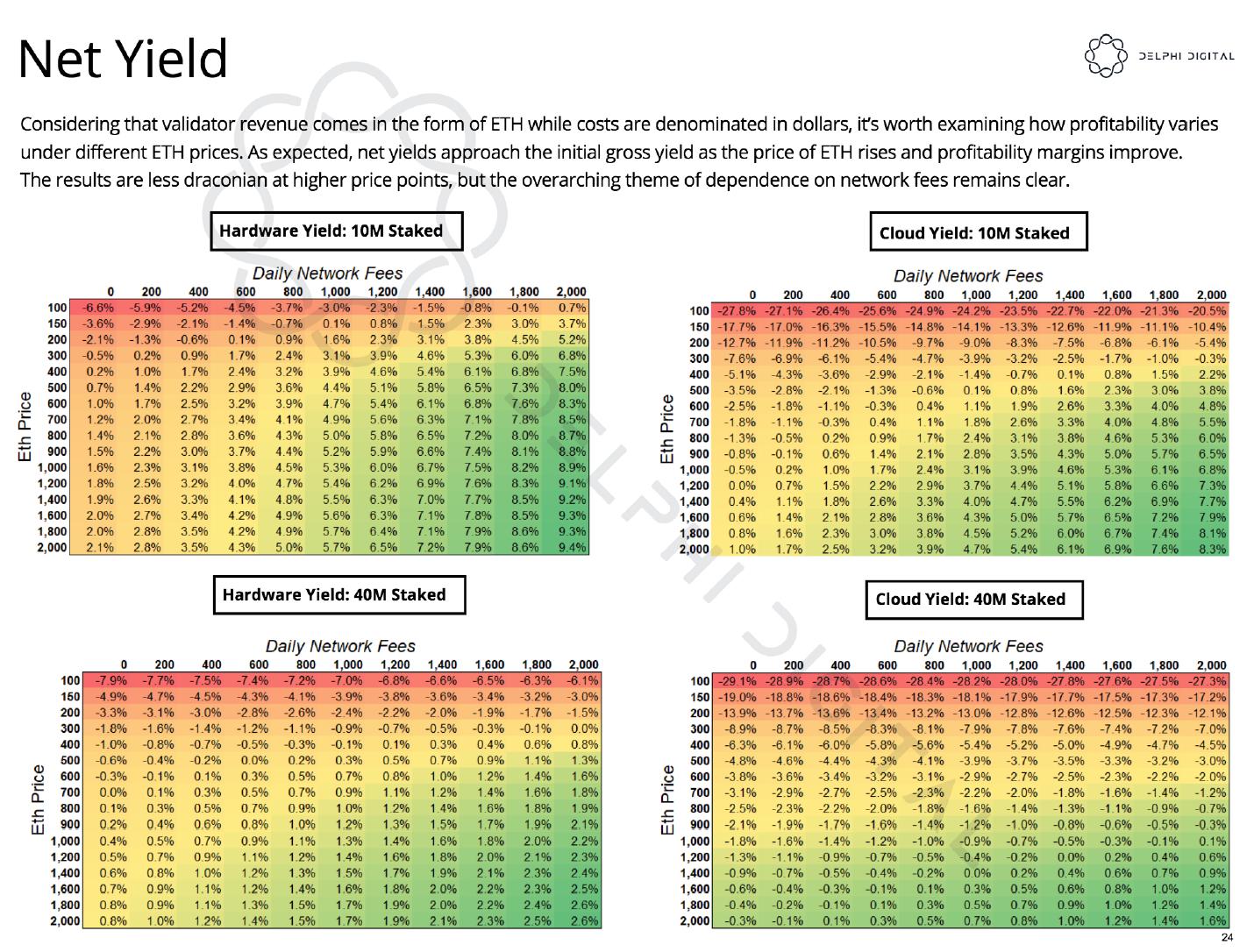
2025-2-15 21:05 |
The US Securities and Exchange Commission’s (SEC) Crypto Task Force met with industry representatives on Feb. 5 to explore potentially including staking in crypto exchange-traded products (ETPs).
Jito Labs CEO Lucas Bruder and chief legal officer Rebecca Rettig attended the meeting, along with Multicoin Capital managing partner Kyle Samani and general counsel Greg Xethalis.
According to an SEC filing, the companies argued that staking is intrinsic to proof-of-stake (PoS) blockchain networks such as Ethereum (ETH) and Solana (SOL).
Staking allows network validators to lock up native assets — such as ETH or SOL — to participate in the network’s consensus mechanism. As rewards, they earn transaction fees and newly minted tokens.
According to industry representatives, excluding staking from ETPs prevents investors from realizing the full benefits of PoS-based assets, diminishing potential returns and weakening network security.
Overcoming SEC concernsThe SEC has previously expressed concerns regarding staking in ETPs, including redemption timelines that could disrupt the standard T+1 settlement cycle, the tax treatment of staking rewards, and the treatment of staking as a service as a securities offering.
These concerns prompted the SEC to take a cautious stance on permitting staking in ETP structures. Initial Ethereum ETP applications included staking features, but issuers were required to remove them at the SEC’s request.
To mitigate the SEC’s fears, industry players presented two models during the meeting that could facilitate staking within ETPs while addressing the regulator’s key concerns.
The first is called the “Services Model,” which would allow a portion of ETP-held assets to be staked through third-party service providers running validator nodes. This method ensures the assets remain staked while allowing for timely redemptions, potentially through a managed ratio system where only a fraction of the holdings is actively staked.
The second method is the “Liquid Staking Token Model,” which involves ETPs holding liquid staking tokens (LSTs) representing staked assets. For example, a Solana-based ETP could include JitoSOL, a liquid staking derivative of SOL.
This second model mitigates redemption timing concerns and streamlines staking within an ETP framework by avoiding direct involvement in the staking process.
Industry representatives assured the SEC that both proposed models could effectively address these concerns. The Services Model allows for controlled staking exposure, ensuring redemptions are met without delay, while the LST Model removes staking’s direct impact on redemption cycles altogether.
Stance shiftDespite the SEC’s historical concerns about including staking in crypto ETPs, recent developments suggest the regulatory body may be open to reconsidering its stance.
One key development is the regulator’s internal changes, including the nomination of pro-crypto Commissioner Mark Uyeda as the SEC’s acting chairman.
The regulator subsequently established a Crypto Task Force led by pro-crypto Commissioner Hester Peirce. The task force aims to help create a regulatory framework for crypto. Peirce had previously hinted at changes led by the new pro-crypto SEC happening “early on” in 2025, including the inclusion of staking in Ethereum exchange-traded funds (ETF).
Meanwhile, institutional interest in crypto-based financial products is increasing, and tools for these investors are being studied. One example is including options in spot Bitcoin (BTC) ETF. While the SEC has yet to take a definitive stance, the discussion signals a possible shift in regulatory perspective.
Bloomberg ETF analyst James Seyffart said that, although these discussions should have happened “years ago,” the regulator’s interest in this matter is a good start.
The post SEC explores new models for crypto staking in ETPs under pro-crypto leadership appeared first on CryptoSlate.
origin »Emerald Crypto (EMD) на Currencies.ru
|
|
























